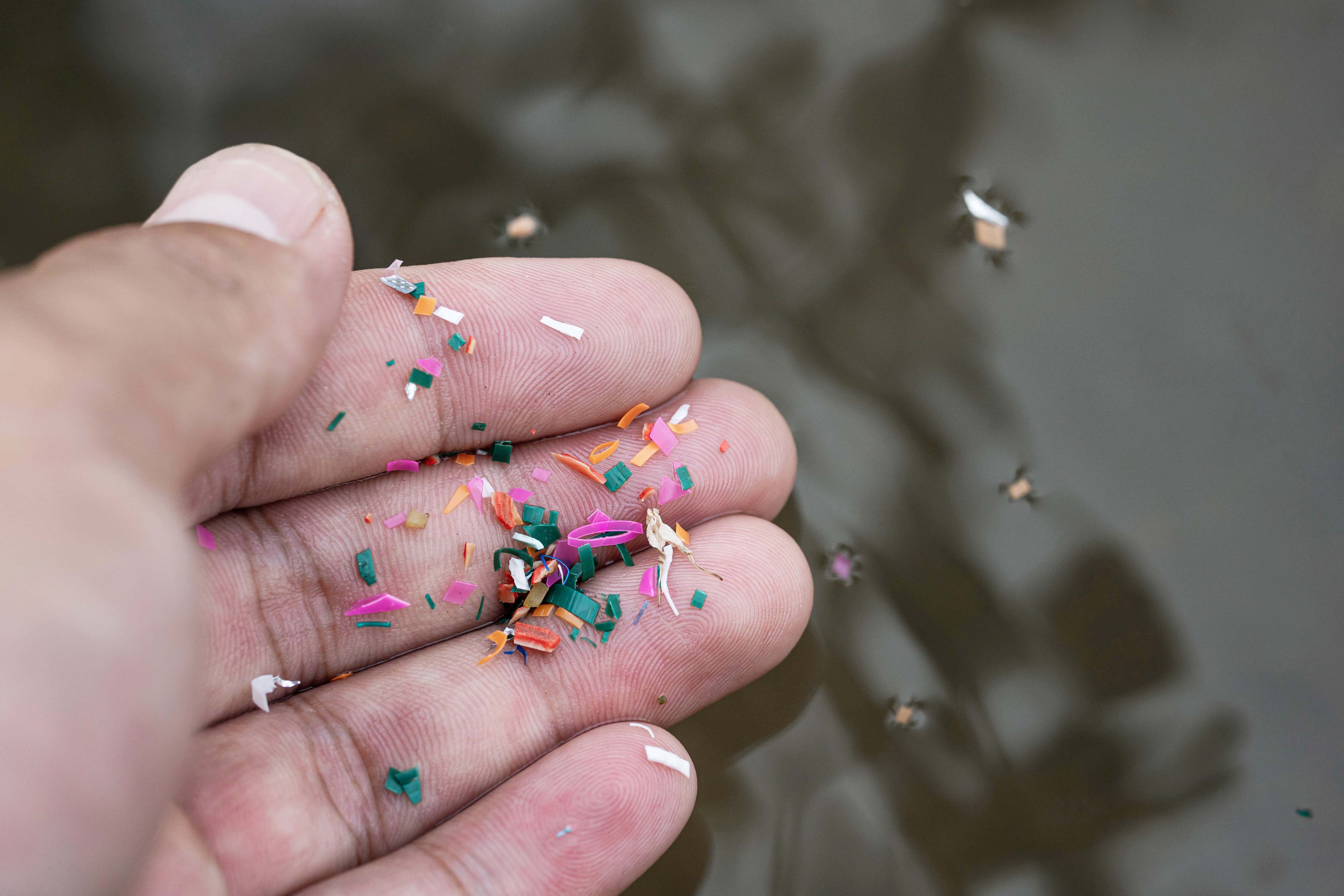Small yet mighty problem
Microplastics are now found literally everywhere. But how much of a danger do they pose to our health?
By Dina Gavarieva
They say ‘you are what you eat,’ but these days you are also what you ingest – and that’s a lot of tiny plastic particles.
Microplastics are literally everywhere and concern is mounting regarding their impact on the environment and our health.
The result of the breakdown of larger plastics, these minuscule menaces have not only invaded our ecosystems, but also our bodies.
A study by reproductive urology expert Ranjith Ramasamy most recently discovered the presence of microplastics in human penises, further heightening concerns.
And there’s no easy way to get away from them.
Microplastics are minute polymer fragments that are less than 5mm in size. Their smaller cousins are known as nanoplastics and they measure in the billionths of a metre.
Microplastics consist of synthetic fibres such as polyethylene terephthalate (PET), which is used in bottled water and food containers, and polypropylene (PP), which is more commonly found in packaging and plastic products.
Largely the result of the degradation of larger plastic items, up to 240,000 plastic particles have been found in one litre of bottled water.
In more headlines recently, melamine sponges, often used for cleaning, were found to release trillions of microplastic fibres into the environment every month, entering sewer systems to eventually end up in the food chain.
Clearly, the presence of microplastics in human tissues, including reproductive organs, is a concern for all of us.
The fact that they can invade individual cells and tissues means they can potentially disrupt cellular function, contributing to inflammation and damage in major organs.
Some microplastics also contain additives like phthalates and bisphenol A (BPA), which can interfere with hormone function, leading to reproductive and developmental issues.

The inhalation or ingestion of microplastics can trigger inflammatory responses in the respiratory and gastrointestinal tracts, contributing to conditions like asthma and inflammatory bowel disease.
And, once microplastics enter the food chain, they accumulate in the bodies of wildlife and humans, leading to prolonged exposure and potential toxicity.
The most recent discovery of microplastics in reproductive tissues further suggests potential risks to fertility and sexual health.
So, what can be done?
While there are specialists who can help, there are a number of ways you can also help yourself – by minimising exposure.
Swap plastic bottles or containers for glass or stainless steel; bin the melamine sponge in favour of natural or biodegradable products; and do recycle where you can because this helps reduce the breakdown of larger plastics into microplastics.
While there is no easy way to eliminate microplastics in the body, eating food that is high in antioxidants may help mitigate some of the oxidative stress caused by microplastic exposure.
Broccoli, spinach, carrots, artichokes, cabbage, asparagus, avocados, beetroot, radish, lettuce, sweet potatoes, squash, pumpkin, collard greens and kale are all high in antioxidants. Spices are also an ideal way to add flavour while combatting oxidative stress.
And for fruit lovers, blueberries, pomegranates, blackberries, goji berries and raspberries are all bursting with antioxidant goodness.
Whatever you do, try to avoid processed foods because not only are they bad for you, they can contain microplastics from packaging and production processes.
Drinking plenty of filtered water further supports kidney function and urination, which could help in the elimination of microplastics and other toxins from the body.
Chelation therapy, which involves the use of agents that bind to heavy metals and facilitates their excretion, has been shown to be a potential method for addressing microplastic toxicity.
And exercise because anything that causes you to sweat – such as another Cyprus summer – might also work as it’s known to be an effective way to is eliminate certain toxins through the skin.
Researchers are exploring various avenues to understand and mitigate the health impacts of microplastics.
A growing and exciting area of interest is how the gut microbiome interacts with microplastics and whether certain probiotics or prebiotics might help manage microplastic load in the digestive system.
In the meantime, eat well, drink plenty and phase out the plastic from your lives.







